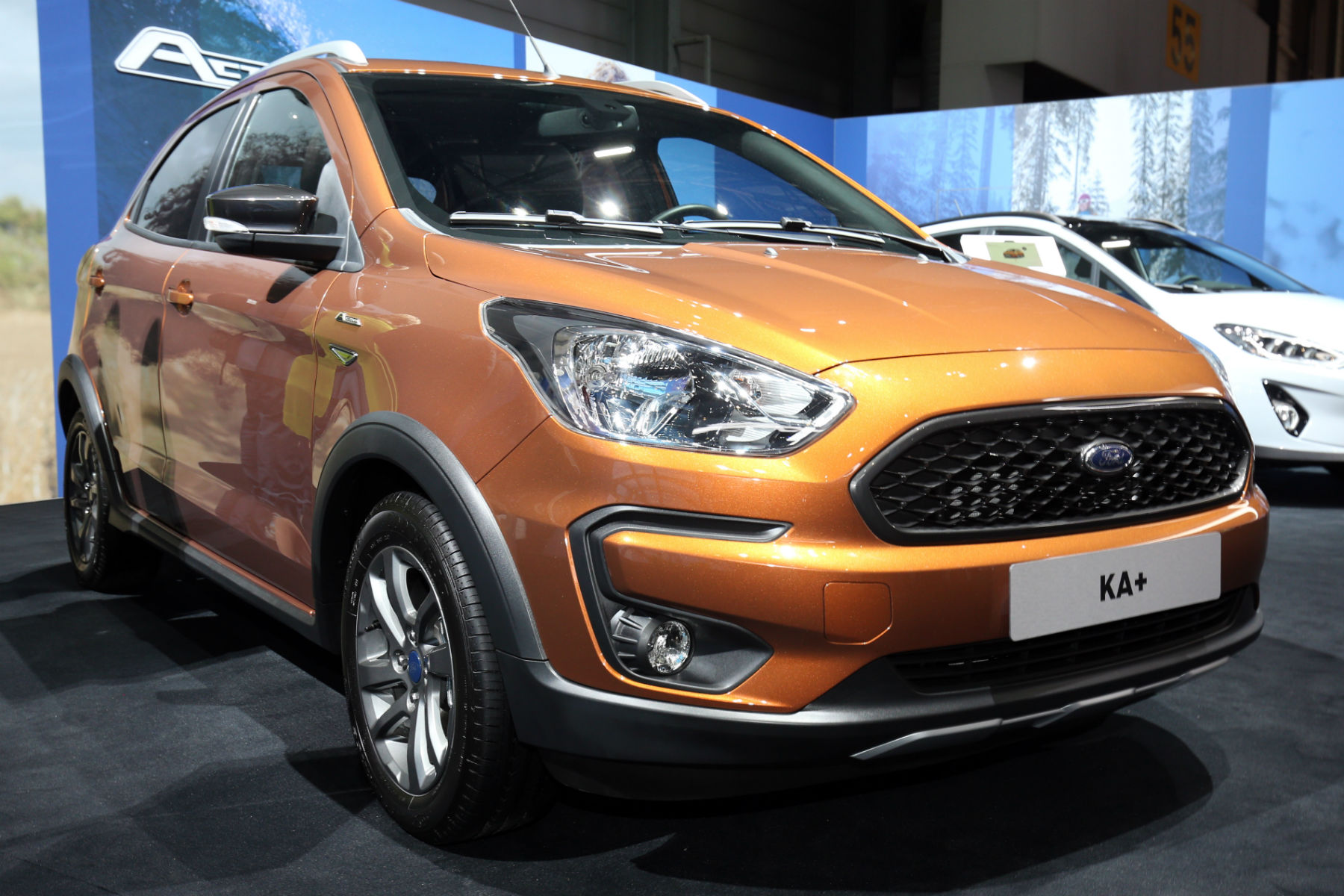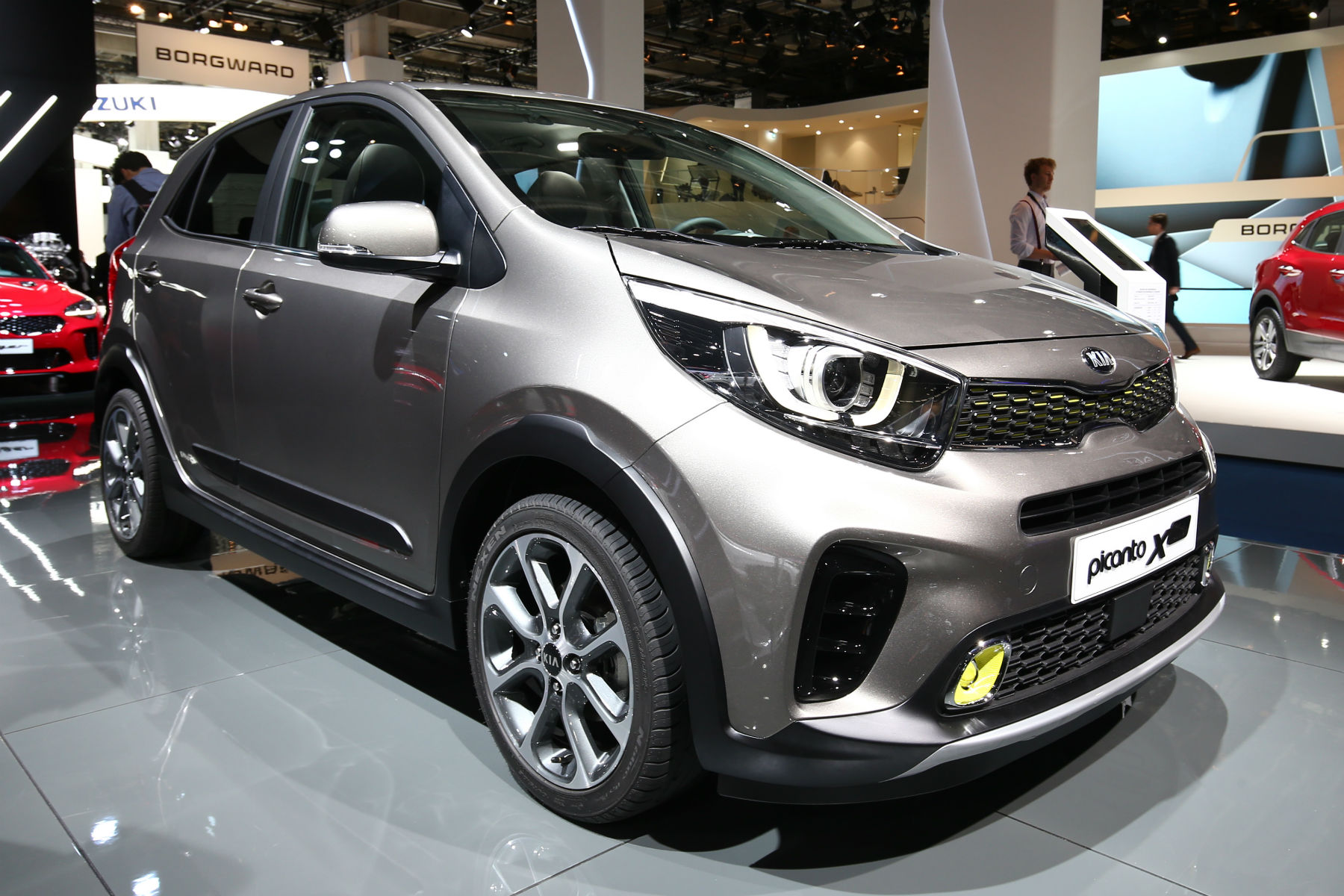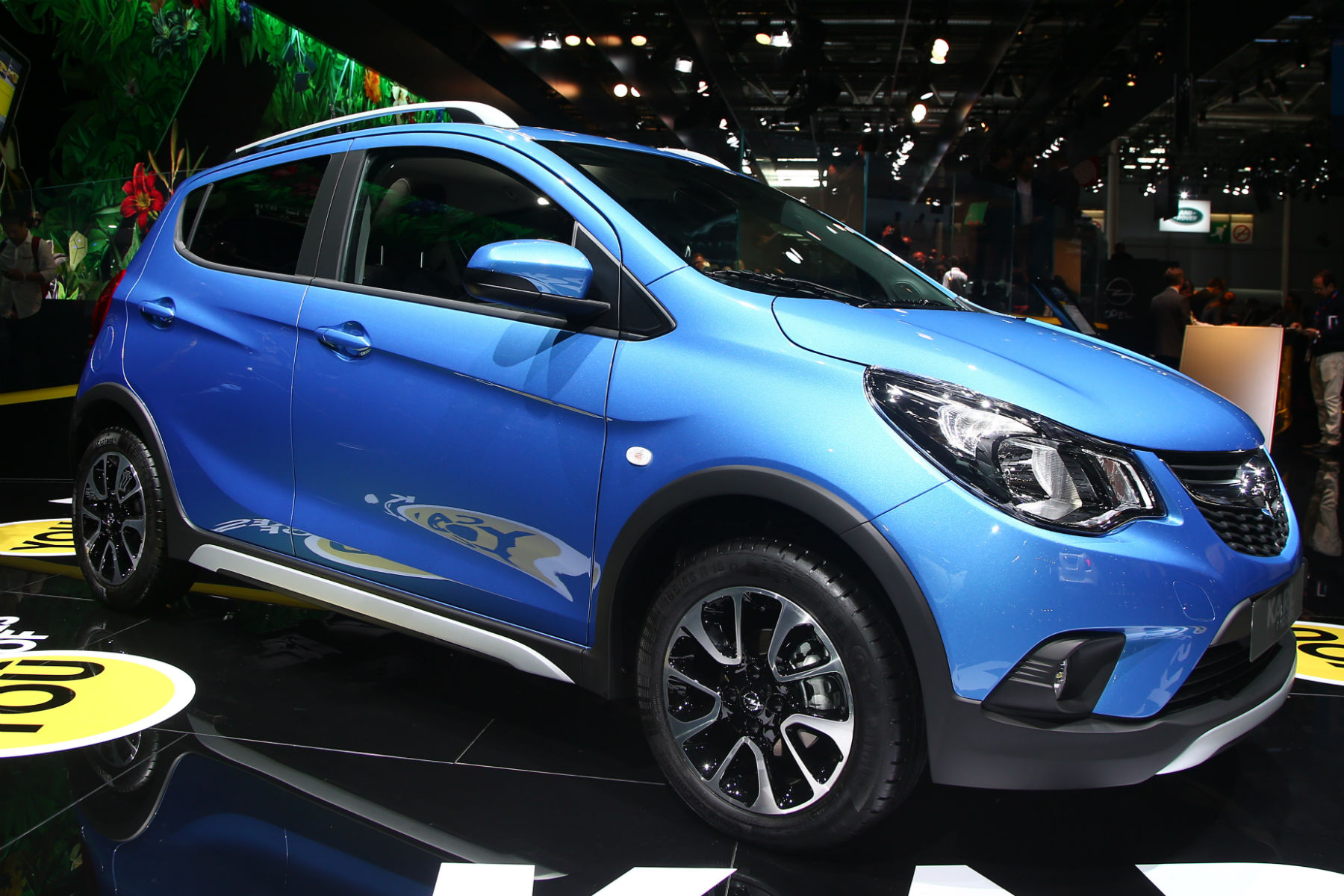
A walk around the floor of the Geneva Motor Show proves that SUVs are as popular as ever. The hottest new reveals include Jaguar’s electric I-Pace, the Lexus UX and Honda’s CRV. And, with SUVs being such a success story, it’s no surprise to see smaller niches developing within the segment (see BMW’s new X4 and Land Rover’s Range Rover SV Coupe).
Over on Ford’s stand there’s a facelifted Edge, while hidden away upstairs is the beefed-up Ka+ Active. And it’s the latter that I’m struggling to get my head around.
Now, I understand the popularity of SUVs. Nine times out of 10 I’d prefer an old-fashioned hatchback or saloon myself, but Volvo’s recent XC40, for example, is one of the best cars I’ve driven recently. European Car of the Year judges agreed with me, handing it the overall prize at the eve of the show.
But is anyone convinced by this boom of beefed-up city cars? Vauxhall’s given its Viva the Rocks treatment (following on from the Adam Rocks), while Kia’s launched the Picanto X-Line. The idea, from what I can gather, is that they’ll appeal to the crossover demographic without demanding inflated PCP payments or running costs.
Mechanically, the Ka+ Active is pretty much the same as the regular Ka+. There’s a new petrol and diesel engine line-up announced at Geneva, while power goes to the front wheels via a five-speed manual transmission. There’s no option of a four-wheel-drive powertrain – just like there isn’t with the Viva or Picanto – and that’s what makes it utterly pointless, in my opinion. Yes, people buy front-wheel-drive Nissan Jukes as a status symbol, but you’d be deluded to buy a Ka+ Active as a status symbol.
It’s also the difference between the Ka+ Active and the likes of the Fiat Panda 4×4 and Suzuki Ignis (and even the Swift 4×4). If you live in a rural area or rely on your car in less-than-ideal conditions, a compact city car or supermini with an element of off-roadability makes a lot of sense. But adding body cladding and a marginally higher ride height isn’t going to make one iota of difference.
Is there really demand for jacked-up 2WD city cars? I know the crossover market is huge but does that trickle down to city cars with a slightly higher ride height and some plastic cladding? See also: Viva Rocks, Picanto X-Line. #GIMS2018 pic.twitter.com/pCFjiFbh3L
— Andrew Brady (@TheAndrewBrady) March 7, 2018
Frankly, it all smacks of the Ford Fusion all over again. Based on the Mk5 Fiesta, the Fusion arrived in 2002. It featured an increased ride height and was marketed at young, aspirational lifestyle people who enjoyed mountain biking and windsurfing at the weekend. In reality it was bought by elderly people who found it easy to get in and out of than a Fiesta. It was axed in 2012
And, if we’re looking back at similar ideas over the years, it’d be rude not to get all nostalgic over the Rover Streetwise. This Rover 25-based wannabe crossover featured bold, plastic bumpers that required regular applications of linseed alloy to prevent fading. Some said it was ahead of its time, I say it was just one of MG Rover’s many bad ideas.
Obviously, there must be a market for these cars. Brands like Vauxhall and Ford don’t launch a new model if there isn’t a confirmed audience for it. But I have to wonder if the buying public are really convinced by some extra body cladding and a few millimetres more ground clearance.

